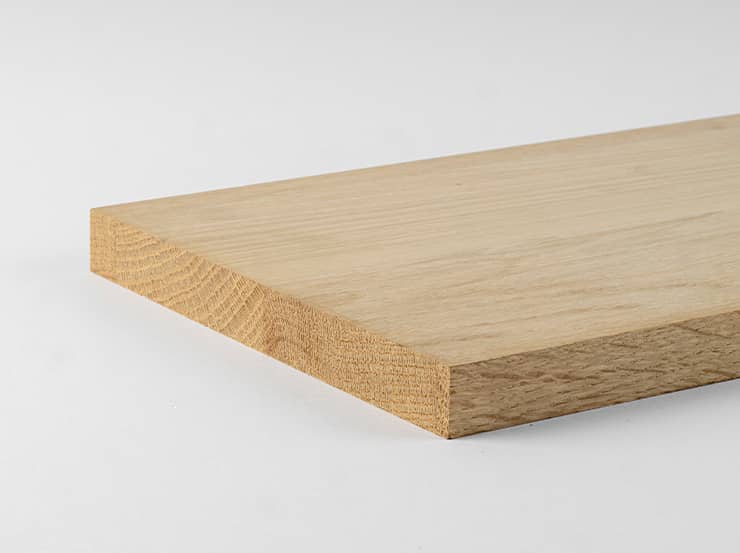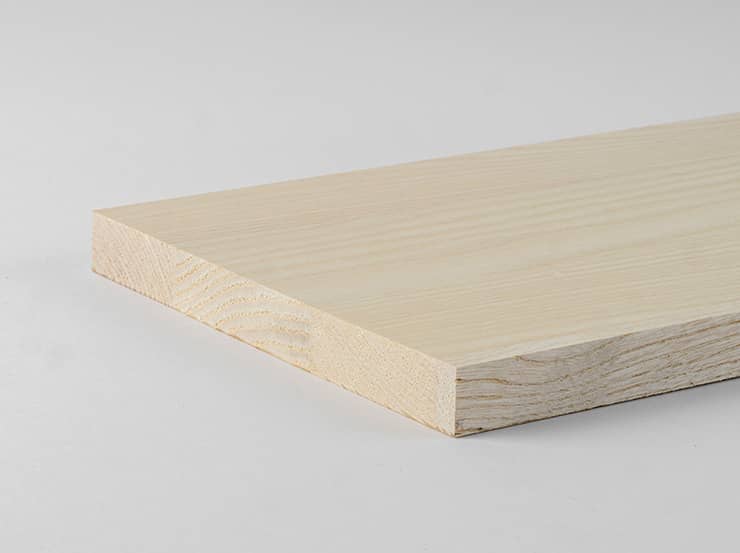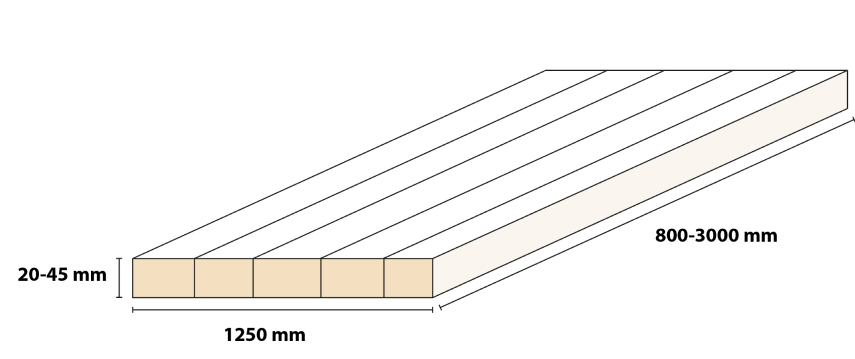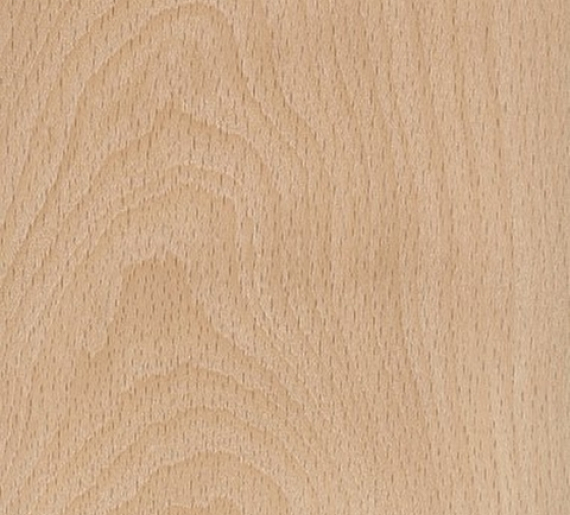
BOTANICAL NAME
Fagus sylvatica L.
PHYSICAL AND MECHANICAL CHARACTERISTICS
Weaving: very fine
Grain: not always straight
Average Specific Weight: 730 kg/m3
Withdrawal: high
Nervousness: High
Hardness: high
Axial Compression resistance: mean Value 61 MPa
Bending strength: mean Value 118 MPa
Modulus of elasticity: mean Value 14.700 MPa
Impact Resistance: High
Flexibility: medium
Durability: Mediocre
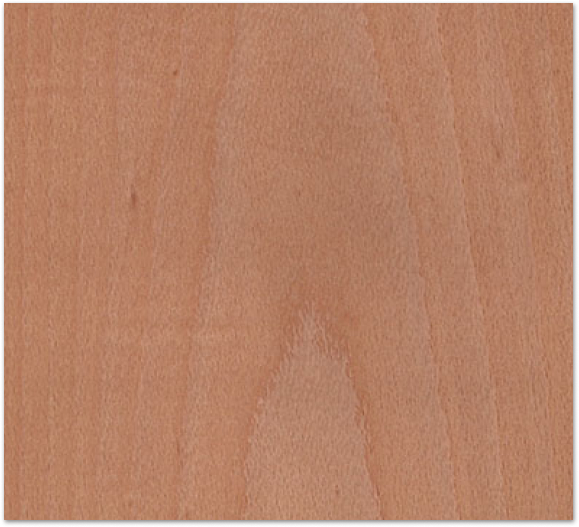
BOTANICAL NAME
Fagus sylvatica L.
PHYSICAL AND MECHANICAL CHARACTERISTICS
Weaving: very fine
Grain: not always straight
Average Specific Weight: 730 kg/m3
Withdrawal: high
Nervousness: High
Hardness: high
Axial Compression resistance: mean Value 61 MPa
Bending strength: mean Value 118 MPa
Modulus of elasticity: mean Value 14.700 MPa
Impact Resistance: High
Flexibility: medium
Durability: Mediocre
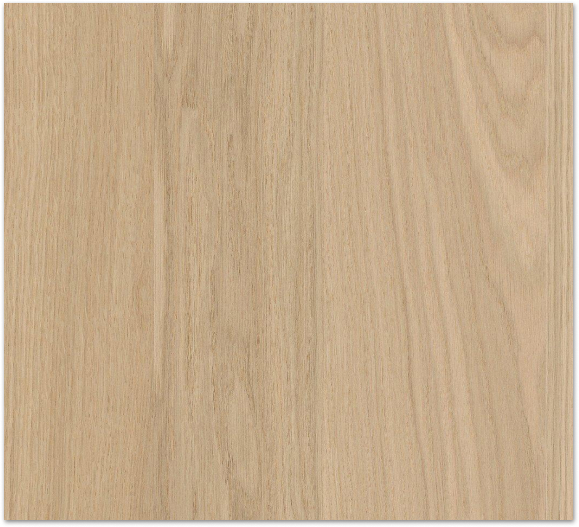
BOTANICAL NOME
Quercus spp.
PHYSICAL AND MECHANICAL CHARACTERISTICS
Texture: Gross
Grain: Fairly straight and regular
Average weight: 720-800 kg/m3
Shrinkage: Medium to high
Dimensional stability: Strong
Hardness: Medium to high
Compression strength: Average value 52-61 MPa
Flexural strength: Average value 106-108 MPa
Modulus of elasticity: Average value 12,500 MPa
Shock resistance: Good
Flexibility: Fair
Durability: Good
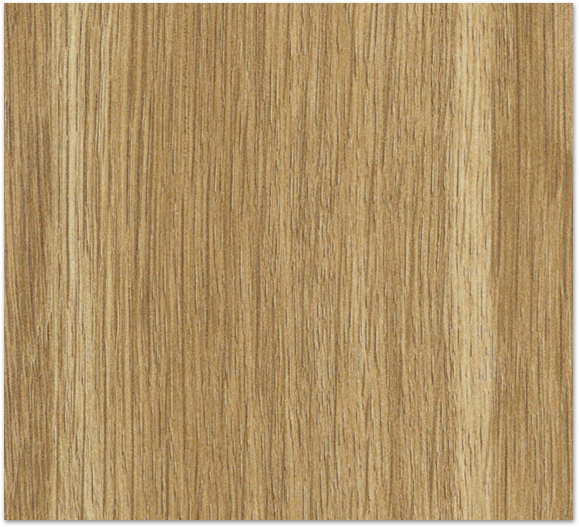
BOTANICAL NOME
Quercus spp.
PHYSICAL AND MECHANICAL CHARACTERISTICS
Texture: Gross
Grain: Fairly straight and regular
Average weight: 720-800 kg/m3
Shrinkage: Medium to high
Dimensional stability: Strong
Hardness: Medium to high
Compression strength: Average value 52-61 MPa
Flexural strength: Average value 106-108 MPa
Modulus of elasticity: Average value 12,500 MPa
Shock resistance: Good
Flexibility: Fair
Durability: Good
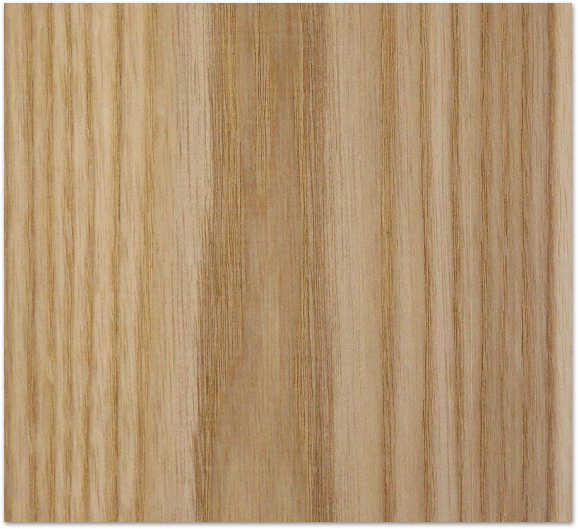
BOTANICAL NAME
Fraxinus excelsior L.
PHYSICAL AND MECHANICAL CHARACTERISTICS
Texture: Gross
Grain: Fairly straight and regular
Average Specific Weight: 720 kg/m3
Shrinkage: Medium
Dimensional stability: Medium
Hardness: Medium
Compression strength: Average value: 51 MPa
Flexural strength: Average value: 106 MPa
Modulus of elasticity: mean Value 12.800 MPa
Shock resistance: Significant
Flexibility: Fair
Durability: Low to average
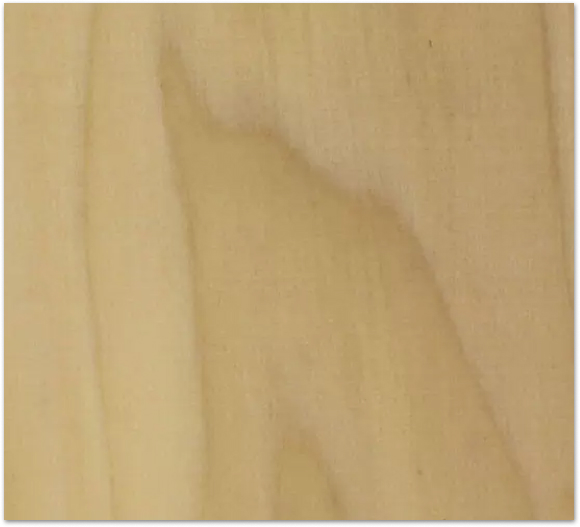
BOTANICAL NAME
Lirìodendron Tulipifera L.
PHYSICAL AND MECHANICAL CHARACTERISTICS
Weaving: Medium and regular
Grain: Straight
Average Specific Weight: 447 kg/m3
Shrinkage: Medium to high
Dimensional stability: Medium
Durezza: Medium
Axial Compression resistance: mean Value 37 MPa
Bending strength: mean Value 70 MPa
Modulus of elasticity: mean Value 10.900 MPa
Impact Resistance: Low
Flexibility: Poor
Durability: Poor
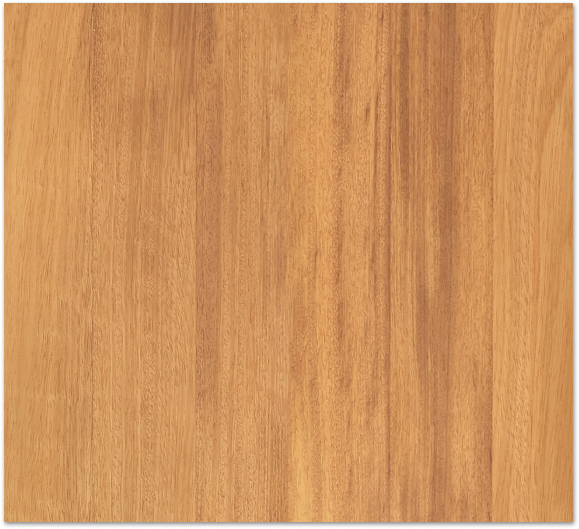
BOTANICAL NAME
Milicia excelsa
PHYSICAL AND MECHANICAL CHARACTERISTICS
Texture: Medium to coarse
Grain: Not always regular
Average weight: 660 kg/m3
Shrinkage: Low
Dimensional stability: Medium
Durezza: Medium
Compression strength: Average value: 55 MPa
Flexural strength: Average value: 116 MPa
Modulus of elasticity: Average value: 10,000 MPa
Shock resistance: Low to average
Flexibility: Medium to high
Durability: Good
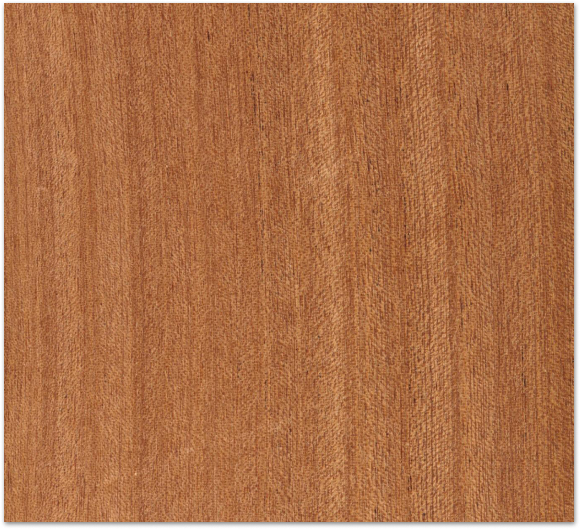
BOTANICAL NAME
Entandrophragma cylindricum
PHYSICAL AND MECHANICAL CHARACTERISTICS
Texture: Average to fine
Grain: Regularly interwoven
Average weight: 690 kg/m3
Shrinkage: Low to medium
Dimensional stability: Low
Durezza: Medium
Axial Compression resistance: mean Value 61 MPa
Flexural strength: Average value: 145 MPa
Modulus of elasticity: Average value: 11,500 MPa
Impact Resistance: Low
Flexibility: medium
Durability: Good

